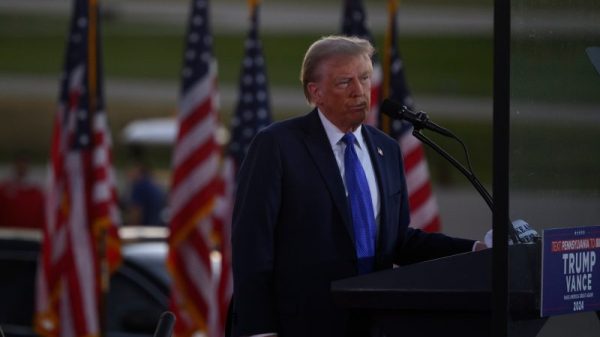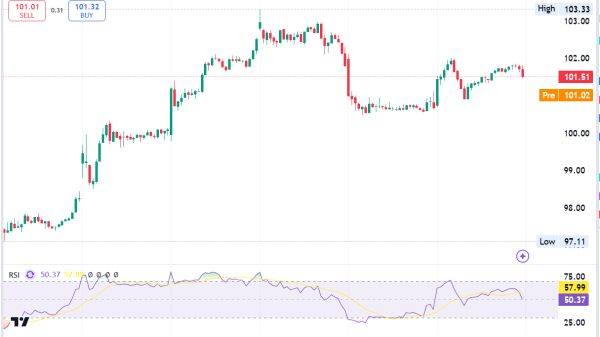China’s Manufacturing Sector and Economic Resilience
China’s manufacturing landscape faced its fourth consecutive month of contraction in January, reflecting challenges in regaining momentum amidst a global economic slowdown. The official purchasing managers’ index (PMI) rose slightly to 49.2, indicating a marginal improvement but still below the growth threshold of 50. The persistently weak external demand and a property downturn have added complexity to the efforts of authorities seeking to revitalise the economy.
New Orders and Export Challenges
January’s new orders sub-index contracted for the fourth consecutive month at 49.0, underscoring the subdued domestic demand. Additionally, the new export orders index registered a concerning 47.2, contracting for the 10th straight month, signifying challenges in global trade. The weakness in external demand and a looming property downturn have posed a formidable hurdle for China’s manufacturing sector.
Central Bank’s Response and Policy Measures
In an unexpected move, China’s central bank governor, Pan Gongsheng, announced a cut to banks’ reserve requirement ratio in a bid to spur growth. This proactive measure aims to inject liquidity into the system, alleviating pressures from a property downturn, local government debt risks, deflationary forces, and weak global demand. The authorities face a multifaceted challenge in balancing economic revitalisation amid various risks.
Non-Manufacturing Resilience and Composite PMI
While manufacturing faces headwinds, China’s non-manufacturing sector, encompassing services and construction, showed resilience. The non-manufacturing PMI rose to 50.7 in January, the highest since September the previous year. Despite two months of contraction, the services sub-index returned to growth, albeit with construction growing slower. Combining manufacturing and services, the composite PMI reached a four-month high of 50.9 in January, reflecting a broader economic uptick.
China’s economic landscape remains a dynamic challenge, with manufacturing grappling with headwinds. The central bank’s decisive measures aim to counter these challenges. Still, sustaining growth requires a delicate balance amid a property downturn and global economic uncertainties.
BONUS VIDEO: Weekly news summary from the markets
The post China’s Manufacturing Sector and Economic Resilience appeared first on FinanceBrokerage.


































